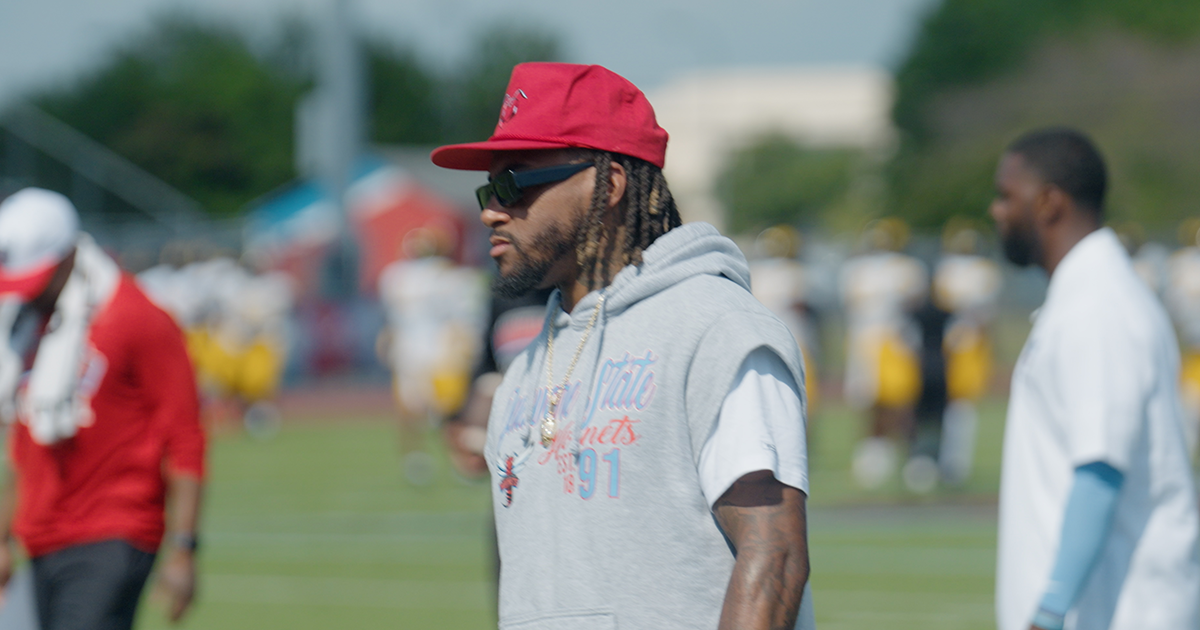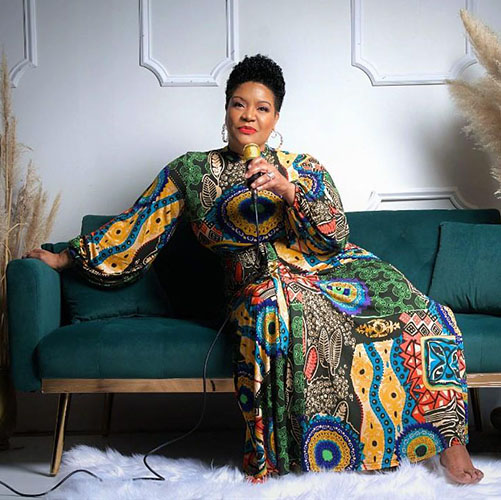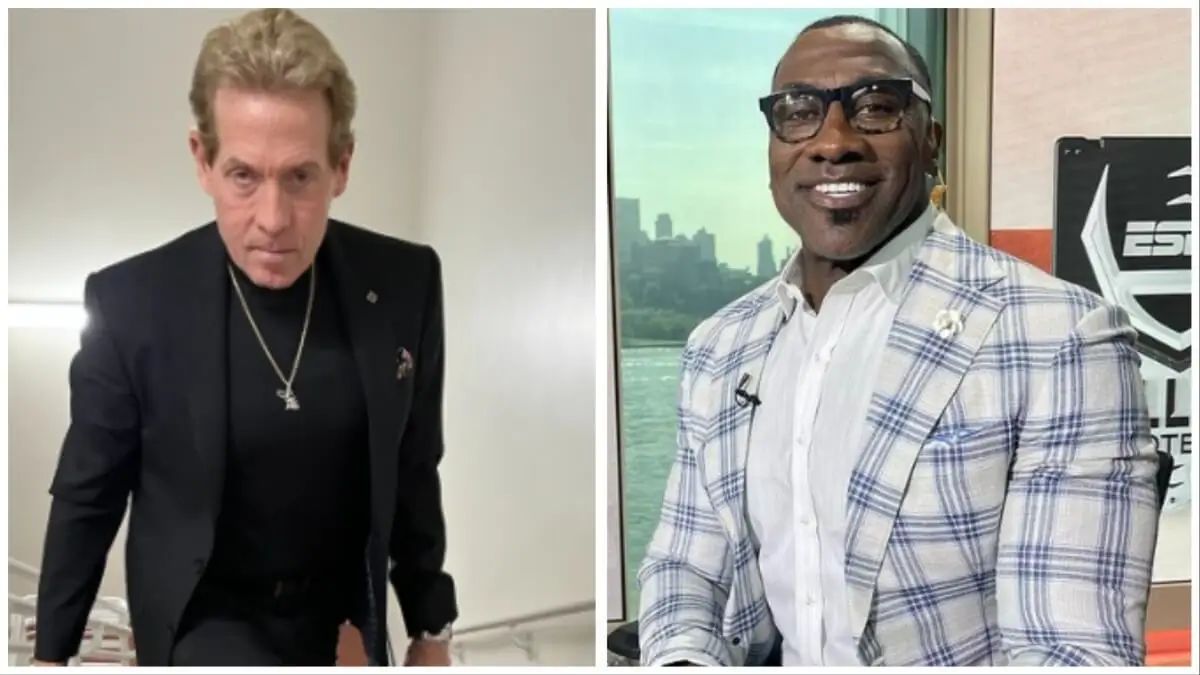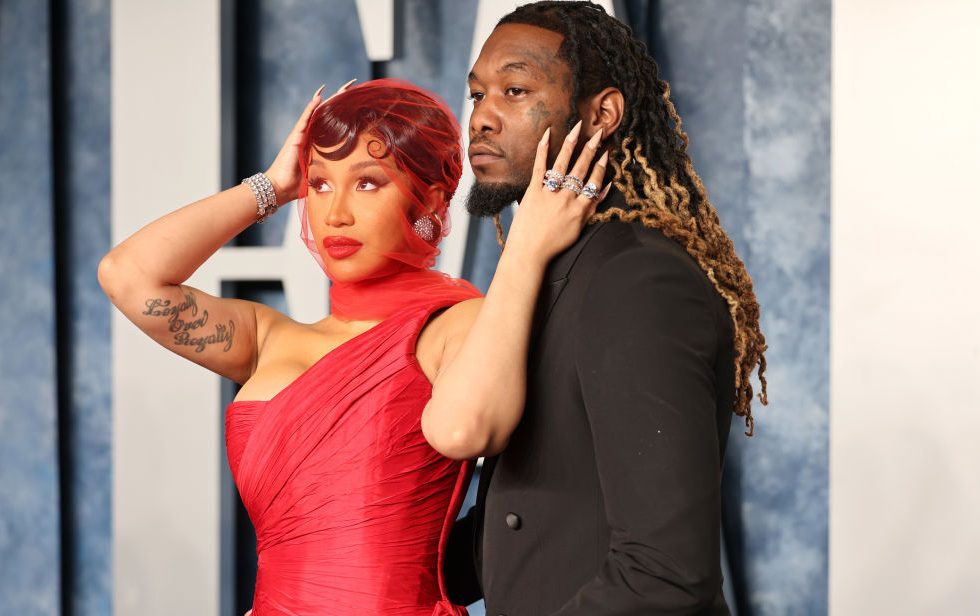MIAMI (AP) — Amari Cooper’s soccer jersey hangs within the Coconut Grove Sports activities Corridor of Fame. So does Frank Gore’s, alongside tributes to Negro League baseball participant Jim Colzie and soccer coach Traz Powell, whose title adorns maybe essentially the most revered highschool soccer stadium in talent-rich South Florida.
They characterize West Coconut Grove when it was an important majority-Black neighborhood hidden amongst a few of the most prosperous areas in Miami that boomed with household companies, native hangouts and sporting occasions. Some name it West Grove, Black Grove or Little Bahamas in a nod to its roots. Most simply name it The Grove — a spot steeped in cultural historical past remodeled by the many years.
“Once you speak about what’s The Grove, you’re speaking about true historical past of South Florida,” mentioned Charles Gibson, grandson of one of many first Black members of the Miami Metropolis Fee, Theodore Gibson.
Sports activities was its heartbeat. It nurtured the early careers of Olympic gold medalists and soccer stars like Cooper, nationwide champions and future soccer Corridor of Famers like Gore, all of whom hint their first sports activities recollections to this close-knit neighborhood.
At this time, few remnants of that proud Black heritage exist. Years of financial neglect adopted by current gentrification have worn out a lot of the neighborhood’s cultural spine. Strong youth leagues and sports activities applications have dwindled. Now, the neighborhood that when created an surroundings for younger athletes to succeed — a trusted neighbor watching out for a younger soccer participant on his stroll to observe, a revered coach instilling self-discipline and persistence in a future monitor star — is vulnerable to extinction.
“I believe in two or three years, if one thing’s not performed, Black Grove goes to be completely eradicated,” mentioned Anthony Witherspoon, a West Grove native and founding father of the Coconut Grove Sports activities Corridor of Fame.
Witherspoon, often called “Spoon” by everybody on the town, is a former school basketball participant and coach who returned to West Grove in 2015 after almost 30 years in Atlanta and located a neighborhood far totally different from the one which raised him.
Witherspoon recalled the late Seventies, when he would stroll down the aptly named Grand Avenue — as soon as the financial epicenter of West Grove — after a Friday night time highschool soccer recreation, seize dinner at a neighborhood mom-and-pop place and hang around on the fashionable Tikki Membership.
The neighborhood’s earlier generations died, lots of their households moved elsewhere and disinvestment led to poverty and neglect. Then redevelopment moved in, changing longtime locals with non-Black newcomers. The mom-and-pops are largely gone. So is the Tikki Membership, now an empty constructing, its final little bit of vibrancy the Bahamian-inspired colours lingering on its partitions.
“I used to be right here. I lived locally. I felt the impression of sports activities,” Witherspoon mentioned. “I got here again from Atlanta, Georgia, and I bumped into the gentrification. And this was behind my thoughts: We nonetheless have to protect this historical past.”
Witherspoon based the Corridor of Fame as a technique to maintain that legacy alive. A time capsule of about 90 athletes and coaches from the realm, it begins with figures like Colzie, a World Conflict II veteran who performed baseball for the Indianapolis Clowns of the Negro Leagues, and continues with the previous professional operating again Gore and Cooper, a receiver with the Cleveland Browns.
“Coconut Grove is the nesting place for all of us athletes from this neighborhood,” mentioned Gerald Tinker, a West Grove native who gained a gold medal on the 1972 Olympics as a member of the U.S. 4×100 meter relay group. “They’d all the time count on us to be simply pretty much as good (as earlier generations), and simply as humble as effectively. And it’s all the time been that approach.”
The neighborhood’s status for athletics was birthed at George Washington Carver Excessive Faculty, a segregated Black college. Carver was a soccer powerhouse within the Fifties and Sixties, profitable 5 state championships beneath Powell, who helped form the panorama of Miami’s highschool sports activities scene.
Harold Cole, a former coach and athletic director at close by Coral Gables Excessive Faculty who was inducted into the Corridor of Fame in 2019, mentioned Powell’s affect has lasted generations.
“He was a coach; he was a mentor,” Cole mentioned. “He was accountable for so most of the athletes which have come out of Coconut Grove.”
Cole mentioned West Grove nonetheless has youth sports activities applications, however since many households have moved out and youngsters have dispersed to different college districts, “it isn’t fairly the identical.”
Integration within the Seventies compelled Carver to shut. It’s a center college now, situated within the rich close by city of Coral Gables.
“That division broke the material of the neighborhood to a level within the ‘80s,” Witherspoon mentioned.
Nichelle Haymore’s household hopes to protect a few of the outdated neighborhood by reopening the Ace Theater, a well-liked spot for Black residents throughout the Jim Crow period. Haymore’s great-grandfather, businessman Harvey Wallace Sr., purchased the theater on Grand Avenue within the Seventies. Born in West Grove, Haymore spent years in Texas earlier than transferring again in 2007 to assist keep the theater.
“The texture of the neighborhood is totally different,” Haymore mentioned. “Neighbors who could have regarded out for your own home to start with, they don’t say hey, they don’t communicate. Folks stroll their canines in your yard. That neighborly respect is totally different as a result of the neighborhood is totally different.”
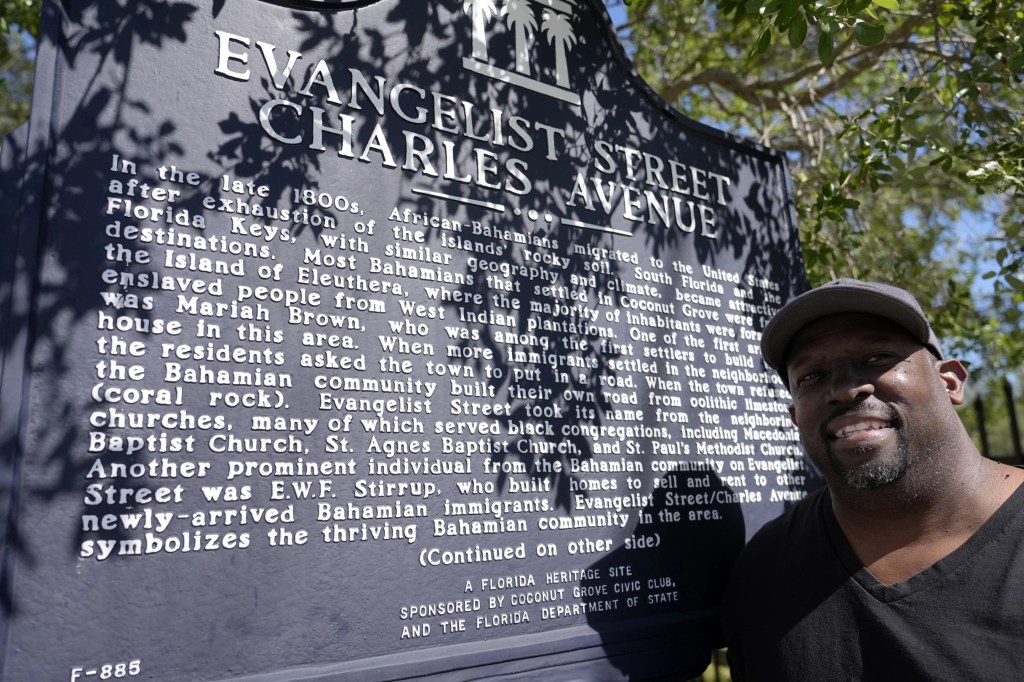
Shotgun-style houses belonging to Black residents have been torn down for modern, boxy estates — referred to as ice cubes by some — and condominiums far too costly for the middle-class those who constructed the neighborhood. Deserted, boarded-up buildings sit the place landmarks used to attract crowds. Large actual property commercials are plastered on the fences of vacant tons.
“They’re pulling down houses that’s been in folks’s households for years and so they’re constructing townhomes,” mentioned Denzel Perryman, a Coconut Grove native and former College of Miami star who’s a linebacker for the Los Angeles Chargers. “So, it does have an effect on the neighborhood as a result of some youngsters who’re from there, they find yourself going to totally different locations, totally different parks as a result of they don’t stay within the Coconut Grove space.”
Perryman, who lived in Miami’s historic Black neighborhood of Overtown as a child, spent most of his time in West Grove enjoying soccer at Armbrister Park or taking part within the many after-school actions the neighborhood needed to provide.
Advisable Tales
Some nonetheless exist right now. Perryman watched his childhood soccer group, the Coconut Grove Cowboys, win a Pop Warner championship in December. Youth groups nonetheless maintain practices at Armbrister Park, although a few of them look totally different from groups of years previous.
“It’s unlucky since you lose a lot, the character,” mentioned Gibson, a soccer and lacrosse coach. “There’s sure issues in a neighborhood that has household ties to it. Once you lose that, I believe that it’s a disappointment.”
Gibson is decided, like many different residents, to foster the identical household surroundings that nurtured him.
“You may’t put a greenback signal on saying, ‘Go to grandma’s home. She (lives) subsequent door,’” Gibson mentioned. “You don’t even should look outdoors as a result of that it’s simply 10 steps away and so they’re inside the home. How will you put a price on that?”
In The Grove, that’s the query persons are struggling to reply — earlier than it’s too late.

